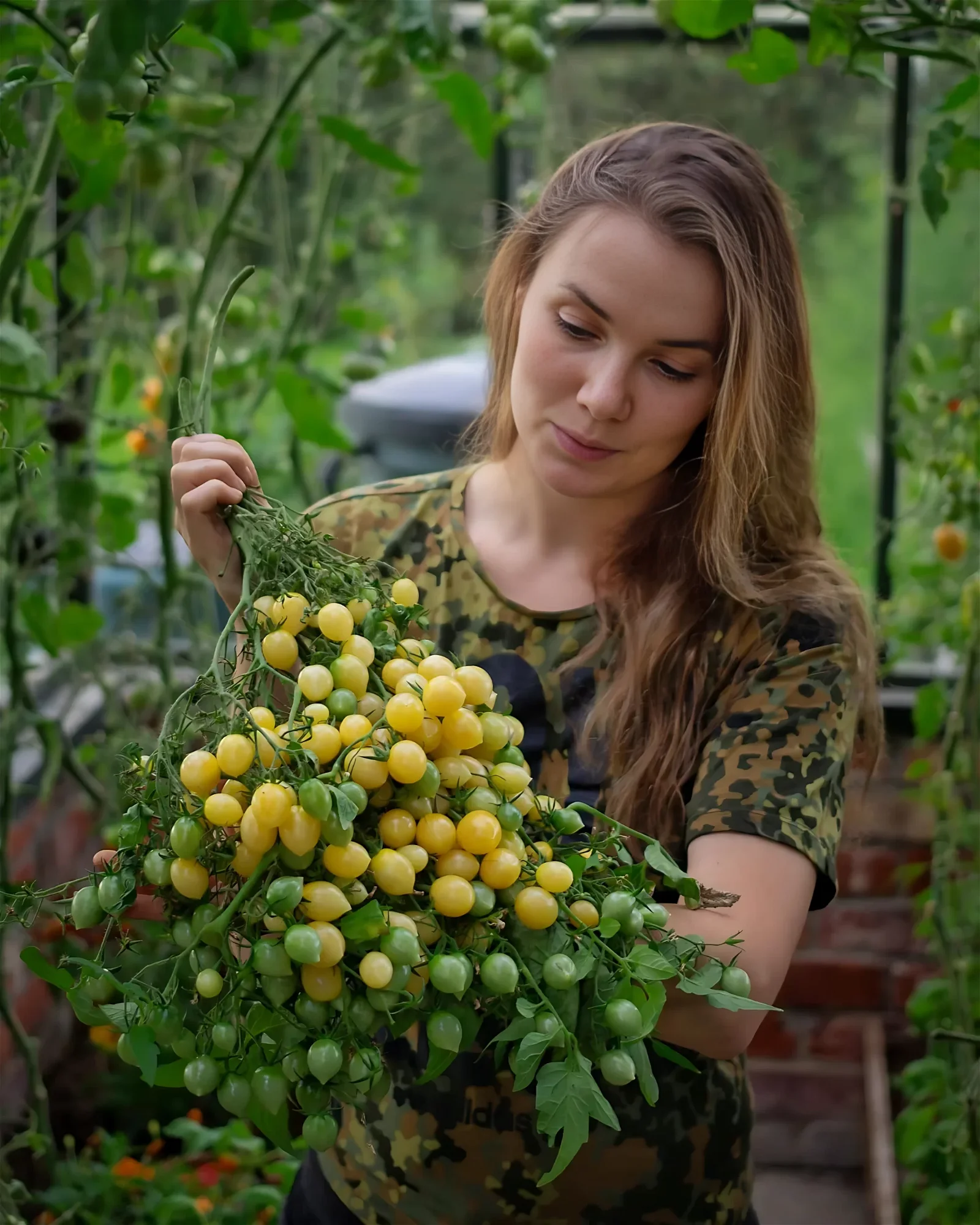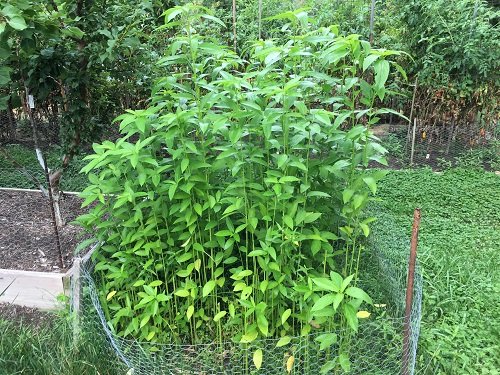Here’s everything about How to Grow Egyptian Spinach at Home to enjoy a fresh and organic harvest all year round!
Growing Egyptian spinach at home is not a big deal and you can do it in both your garden, or on a balcony in a small container!
Best secrets to growing the sweetest spinach at home
What is Egyptian Spinach?
Egyptian Spinach is a leafy green vegetable that also goes by the names Molokhia or Jew’s mallow. It is quite popular in Middle Eastern and North African cuisines. The veggie is THE food of choice in Egypt, where people have cultivated for thousands of years; the reason for its name – ‘Egyptian spinach.’
Unlike the regular spinach, it has long and narrow leaves with an earthly flavor. It also has medicinal properties and can aid in weight loss if used in salads.
Botanical Name: Corchorus olitorius
USDA Zones: 5-11
Can You Grow Egyptian Spinach in a Container?
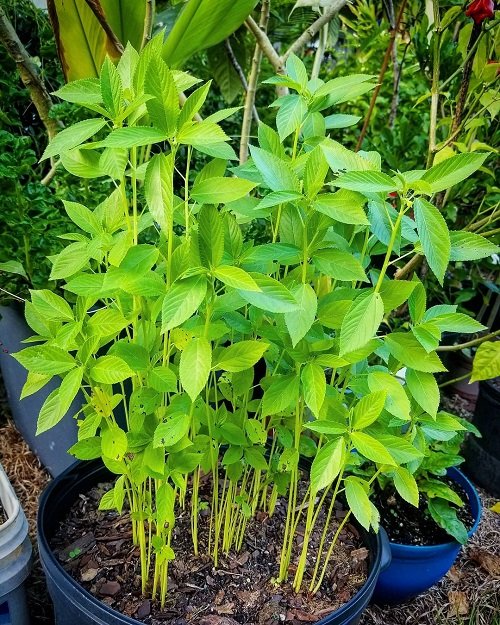
Why not! That’s the beauty of this vegetable – you can even grow it in a small sunny balcony easily this way! Pick a 12-16 inch container – it will provide ample space for the growth of 1-2 Egyptian spinach plants. Do make sure it has drainage hole at the bottom
How to Grow Egyptian Spinach?
The best time to grow these plants is from late spring to early summer across most of the United States.
Start by getting seeds from a garden centre – once done, it’s pretty much easy from there on. You can sow these seeds directly in the garden or a container filled with a well draining potting mix.
Water well, and make sure the seeds get plenty of bright and indirect light all day long. They will sprout in a few weeks and you can then thin Egyptian spinach seedlings out when they are about four to six inches in height, leaving only the strongest and most robust ones behind.
Check out the Best Types of Spinach to Grow in Pots
Requirements for Growing Egyptian Spinach
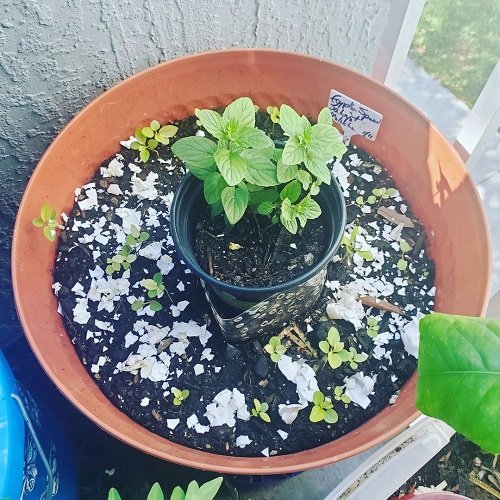
Sunlight
Egyptian Spinach loves sunlight so make sure it gets a minimum of 6-7 hours of direct exposure. If you will plant it in a shady location, the leaves will not be as long and flavourful.
Soil
Using a well draining potting soil is a must – to ensure it happens, use Compost or Well-Rotted Manure (40%) and add Peat Moss or Coconut Coir (30%) to it. Mix well and then finally add Perlite or Vermiculite (30%).
This will not only be cheap, but will also guarantee the best growth!
Water
Do not water these plants daily thinking it will make the leaves soft and flavourful – NO! It will do more harm than good. So, what’s the right approach? Something that we always say – water only when the top 1 inch of the soil feels a little dry to the touch.
Whenever you water, do it in a way till it starts to seep out from the drainage hole at the bottom, indicating that the growing medium is saturated well.
Temperature Range
This veggie loves warm atmosphere and thrives in a range of 70°F – 95°F (21°C – 35°C).
Learn Growing Spinach in Containers and Care
Egyptian Spinach Care
Fertilization
If you have used the potting mix we have suggested above, you are pretty much sorted. However, to boost the growth, any balanced liquid fertilizer would do. Just dilute it to 1/2 of its strength and use once in 6-7 weeks.
Top dress the container with compost or aged manure every couple of months.
Mulching
Mulching helps retain moisture and reduces weed growth. Use shredded leaves, grass clippings, or straw to make a layer that’s about 1-2 inches thick. Do leave some gaps in between for adequate air circulation.
Pests and Diseases
Look out for aphids, caterpillars, cutworms, whiteflies, and flea beetles. They can be eliminated using a neem oil solution or insecticidal soap .
Common diseases include downy mildew, powdery mildew, and leaf spot. Make sure the plant gets plenty of sunlight and air circulation to keep potential diseases at bay.
Is Egyptian Spinach a Perennial Plant?
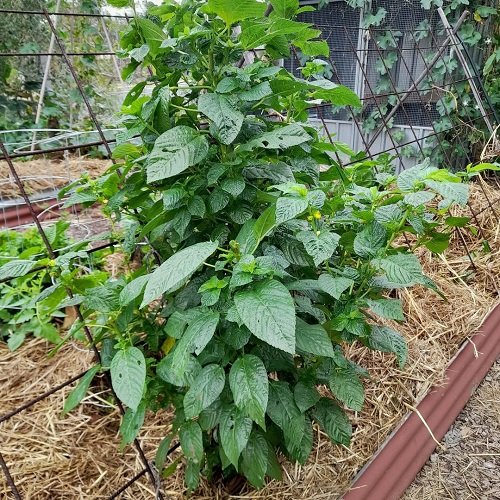
In warmer regions like Middle East and North Africa, Egyptian spinach grows year-round. Additionally, in areas with typical cold winters, it grows as an annual.
To grow this as a perennial plant, ensure it gets plenty of sunlight and warmth. Also, prune the plant every now and then to keep it from getting too tall or leggy.
Harvesting and Storing Egyptian Spinach Leaves
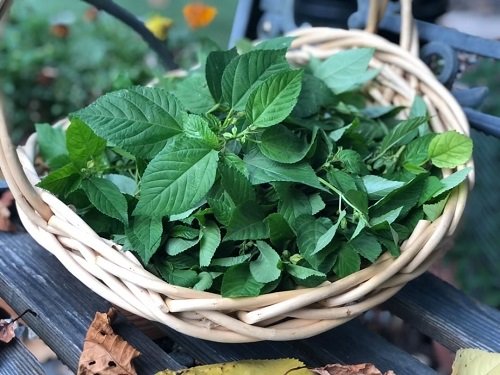
Look for the tender leaves that are about 6-10 inches long – they are ready to pick! Use scissors to snip them away to ensure the roots are intact, enabling them to grow more leaves!
The leaves taste best when they are fresh – however, you can store them in an airtight container and keep in the refrigerator for up to 7 days.

